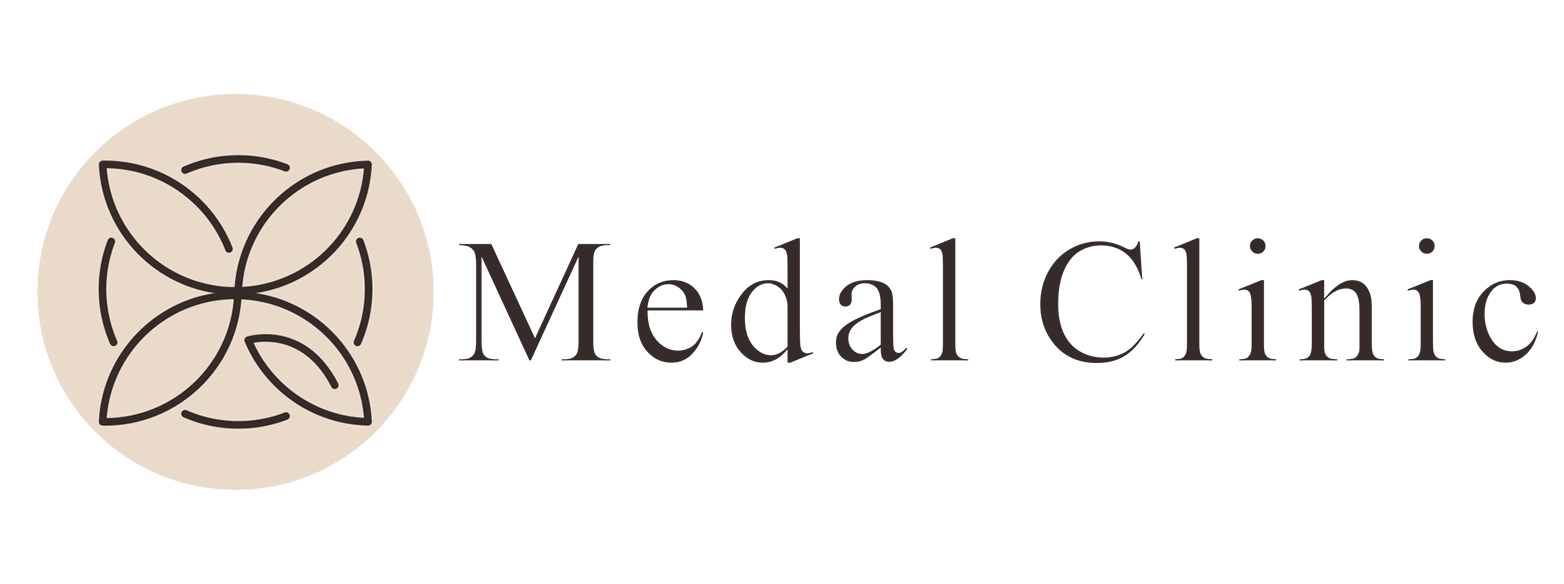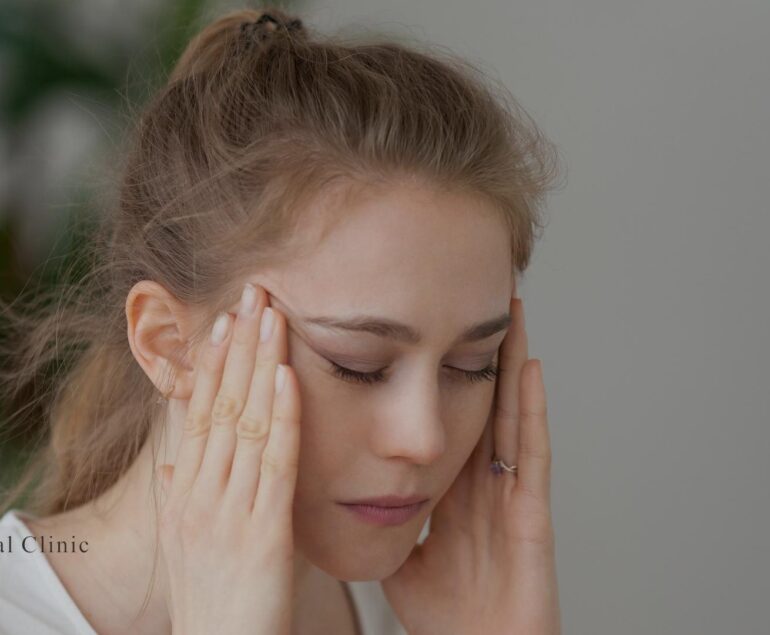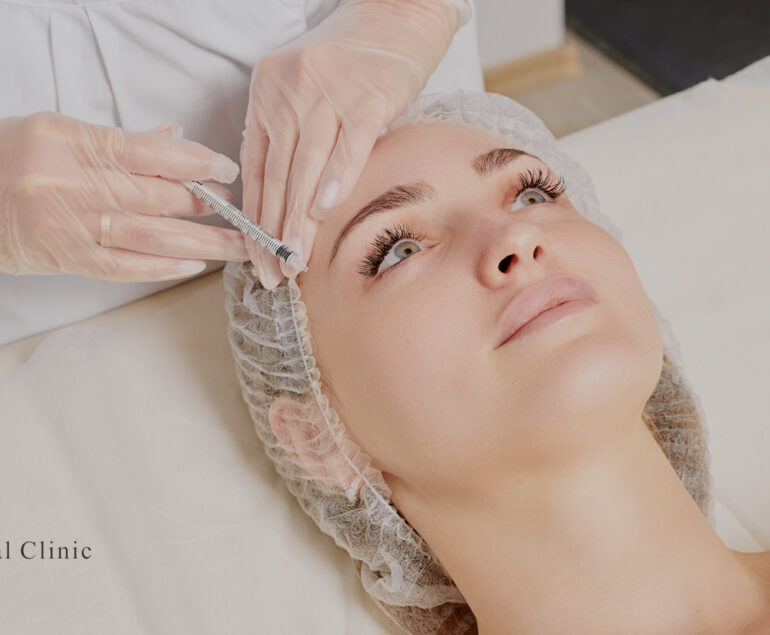What Should Be Considered Before and After Botox?
Botox has gained immense popularity as a cosmetic treatment to reduce the appearance of wrinkles and fine lines. The procedure involves injecting botulinum toxin into specific muscles to temporarily relax them, resulting in smoother skin. While Botox can deliver remarkable results, it’s crucial to consider several factors before and after the treatment to ensure optimal outcomes and a positive experience. In this blog post, we will discuss what you should consider before and after getting Botox.
Before Botox:
Consultation with a Qualified Professional: It is essential to consult with a qualified and experienced healthcare professional or licensed practitioner who specializes in Botox treatments. They will evaluate your medical history, assess your desired outcome, and determine if you are a suitable candidate for the procedure.
Realistic Expectations: Botox can enhance your appearance by reducing the appearance of wrinkles, but it is not a magic wand. Have realistic expectations about the results and understand that Botox is not a permanent solution.
Medications and Supplements: Inform your practitioner about any medications, supplements, or herbal remedies you are currently taking. Some substances can increase the risk of bruising and bleeding, so it’s important to follow your practitioner’s advice on any necessary adjustments.
Allergies and Sensitivities: Discuss any known allergies or sensitivities you have, especially to botulinum toxin or any other ingredients in Botox. This information will help your practitioner select the appropriate product and minimize the risk of adverse reactions.
Avoid Blood Thinners: Prior to the procedure, it is advisable to avoid blood-thinning medications, such as aspirin, non-steroidal anti-inflammatory drugs (NSAIDs), and herbal supplements like ginkgo biloba or garlic. These substances can increase the likelihood of bruising and bleeding.
After Botox:
Follow Post-Treatment Instructions: Your practitioner will provide you with specific post-treatment instructions to ensure a smooth recovery. Follow these instructions diligently, including any restrictions on activities, facial expressions, or skincare products.
Avoid Touching or Rubbing the Treated Area: It is important to avoid touching, rubbing, or applying pressure to the treated area immediately after the procedure. This reduces the risk of spreading the Botox to unintended areas.
Refrain from Intense Physical Activities: Engaging in vigorous exercise, heavy lifting, or strenuous activities for at least 24 to 48 hours after the treatment is generally recommended. Such activities can increase blood flow and potentially lead to migration of the Botox.
Give it Time: Botox takes some time to take full effect. Results typically become noticeable within a few days to a week after the treatment. Avoid judging the outcome immediately after the procedure and be patient for the final results to manifest.
Schedule Follow-Up Appointments: Your practitioner may recommend scheduling follow-up appointments to assess the results and make any necessary adjustments. These appointments allow for open communication and ensure that you achieve your desired outcome.
Conclusion: Botox can be an effective and safe cosmetic treatment when performed by a qualified professional and with proper pre- and post-treatment care. By considering the factors mentioned above, you can increase the likelihood of a successful Botox experience with desirable results. Remember, each individual’s experience may vary, so it is crucial to consult with a healthcare professional who can provide personalized guidance and address any concerns you may have.
FAQ's
What is Botox?
Botox, short for Botulinum toxin, is a neurotoxic protein derived from the bacterium Clostridium botulinum. It is used in cosmetic treatments to temporarily relax specific muscles and reduce the appearance of wrinkles and fine lines.
What areas can be treated with Botox?
Botox is commonly used to treat wrinkles and lines in areas such as the forehead, between the eyebrows (glabellar lines), and around the eyes (crow’s feet). It can also be used for other purposes, including reducing excessive sweating (hyperhidrosis) and treating certain medical conditions.
How long do the effects of Botox last?
The effects of Botox typically last for three to six months, but this can vary depending on the individual and the treated area. After this period, the muscles gradually regain their activity, and wrinkles may reappear. Maintenance treatments are usually required to sustain the results.
Can I combine Botox with other cosmetic treatments?
Botox can be combined with other cosmetic treatments, such as dermal fillers, to achieve more comprehensive facial rejuvenation. However, it is essential to discuss your desired outcomes and any potential risks or interactions with your practitioner before undergoing multiple treatments.




